While no universal definition is offered to the word ‘literacy’, in its most basic form, it refers to one’s ability to read and write. Literacy rate, therefore, measures how much of the population in a country has these essential skills as they are important to one’s character and career development. In general, global data by the World Bank and CIA World Factbook, last updated in 2020, indicates that the literacy rate worldwide is above average. For example, on the one hand, 86.3 per cent of individuals, irrespective of their gender under 15 years of age, are literate. On the other hand, of those 15 years and older, males have a literacy rate of 90 per cent, while females at 83 per cent.
While on paper, this may seem as if the majority of the world has high literacy rates, the literacy rates between countries widely differ. While developed countries, for example, would have an adult literacy rate of 96% or better, least developed nations (LDCs) could only meet around 65%. Some countries do not even report their literacy rates or do not measure literacy in the same way a developed nation would. As a result, specific statistics countries can be inexact or fail to be updated annually due to the adoption of mismatched definitions of what amounts to literacy.
A low literacy rate is an indication of poverty in the country. It demonstrates that citizens of countries had fewer opportunities to receive a standardised education or could not attend school due to political and socioeconomic reasons. This, in effect, drastically affects one’s economy, potentially leading the state to be one of the poorest in the world. A high literacy rate is a sign of growth in a country, and their willingness to take part in peace-building efforts, work in climate change, have better rates of gender inequality and is overall quite progressive in every aspect.
Based on the statistical data collected in the year 2023, let’s look at the best countries with the highest literacy rate in the world. The list has been put together in order based on the last year the literacy rate was updated.
Andorra

Last updated in 2021, Andorra has a literacy rate of 100 per cent. It has, for the longest time, remained unchanged. Andorra has a multilinguistic educational system with literacy rates in Andorran, Spanish and French languages. This comes from the fact that Andorra is a landlocked country between France and Spain. The two have agreements with the Principality of Andorra. Accordingly, education in Spanish and French is governed by norms of the actual countries themselves, while Andorran is the national education system exclusive to them. One key reason for Andorra’s success in achieving a 100 per cent literacy rate is that the law requires students to end school full-time from age 6 to 11. To ensure everyone has an equal opportunity to receive education, the government offers it free of charge until the secondary level.
North Korea
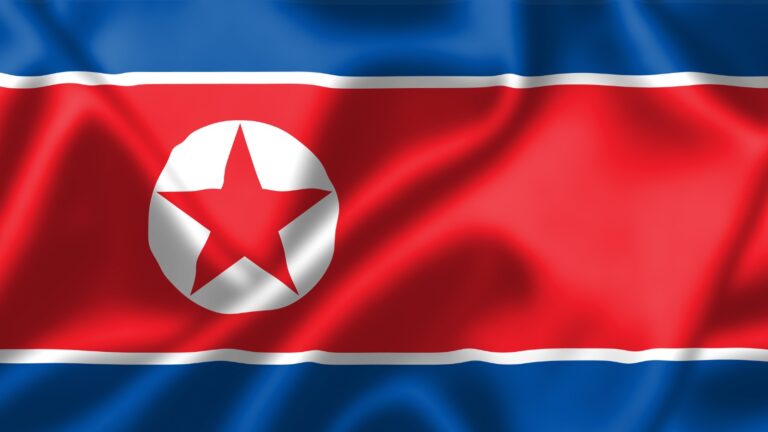
In 2018, North Korea last reported a 100 per cent literacy rate. One period which the government notes hindered this rate was during the Arduous March in the 1990s as people were struggling to survive. During this period, many people entered society without attending school. To address this, the government introduced a countermeasure campaign in 2020, mandating people who did not go to school to learn how to read and write correctly finally. Those in charge of the organisations that have to reeducate such communities will be held responsible if they do not put in the effort to reeducate them. Policies like these, while harsh, also demonstrates North Korea’s determination to ensure its population has a 100 per cent literacy rate.
Uzbekistan
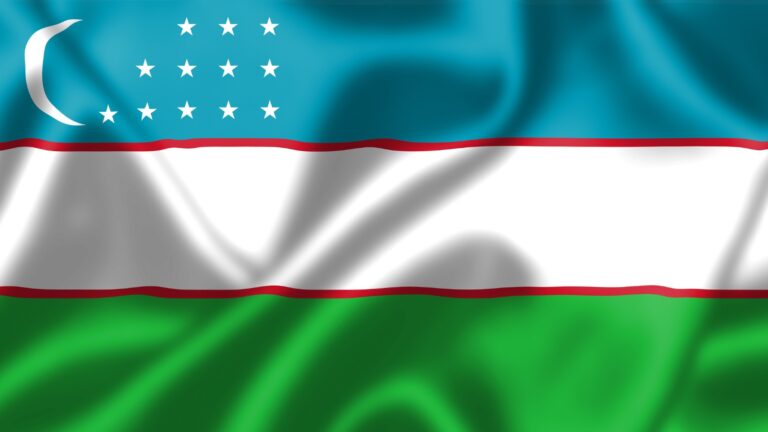
Uzbekistan’s educational journey has been long-lasting. Its high literacy rate of 98 per cent is attributed to when it was part of the soviet union. When it gained independence in 1991, the government significantly reformed the education sector providing free compulsory education to all children in addition to over 60 schools of high learning. A factor that initially led to this success was Uzbekistan’s mandate to provide 11 years of education free and compulsory. However, this was revised to 9 years. Statistics indicate a 100 per cent transition rate to secondary education, barely having a gap between primary and secondary education access. In 2021, the government reported that it reached a literacy rate of 99.99%.
Latvia
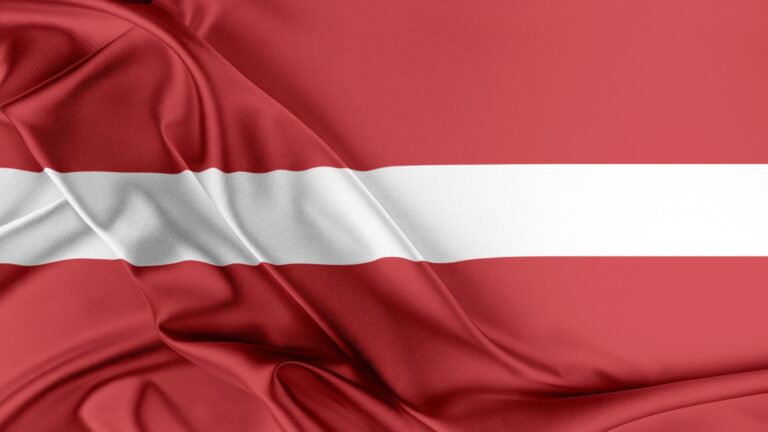
Latvia holds a literacy rate of 99.89 as of 2021. This was an increase from the long-term average of 99.77 per cent. The lowest rate ever recorded in the country was 99.5 per cent in 1989. This goes on to show that Latvia is one of the few countries to maintain a high literacy rate. Their education system consists of four stages: pre-school, basic, secondary, and higher education. Out of twelve years of general schooling, legally, students from age seven must attend compulsory schooling for nine years, which is until they are 16 years old. These nine years are categorised as basic education. The remaining three years are secondary education. Both primary and secondary general education is offered free of charge in public schools.
Estonia

In 2021, Estonia recorded a literacy rate of 99.89 per cent. In differentiating the literacy rates between males and females, the former amounts to 99.86 per cent, while the latter includes 99.91 per cent. This makes Estonia one of the only countries with higher female literacy rates than males. Since 1989, Estonia has had a literacy rate of 99.73 which subsequently increased to 99.77. Hence, today’s statistics are a testament to the government’s mandate to prioritise equal access to education. Estonia has nine compulsory years of education, from 7 to 15 years.
Belarus
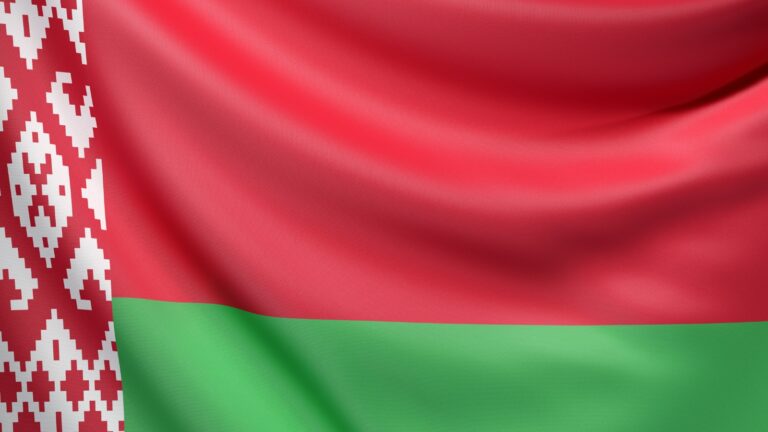
Belarus holds a literacy rate of 99.87 per cent as of 2019. Previously it had an average of 99.24, while its record lowest was 97.88. Once again, this presents Belarus as a key nation that has prioritised literacy for its citizens. The country provides 98 per cent of its population with basic, general secondary and vocational education. In that respect, primary and secondary education is compulsory, amounting to 11 years of mandated education. Belarus’ educational levels are equivalent to the international standard qualification of education. As the government invests 4.71 GDP exclusively on education, its commitment to achieving l00 per cent literacy may become a possibility in the near future.
Czech Republic
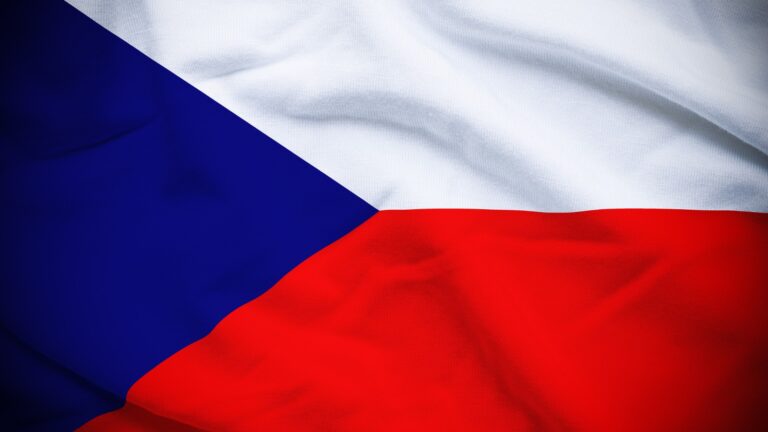
The literacy rate in the Czech Republic is 99.83 per cent. It is mandatory for children to attend school until the age of fifteen, as early as 1774. The country is said to have achieved equal levels of male and female literacy. The government of the Czech Republic moreover allocates 4.2 of its GDP to education. While the English language is regarded as a secondary language in the country, it is also interesting to note that in 2022, the country was placed 23rd on the English Proficiency Index. It was further rated as a ‘high proficiency’ country, achieving a score of 563 out of a maximum of 663.
Lituania
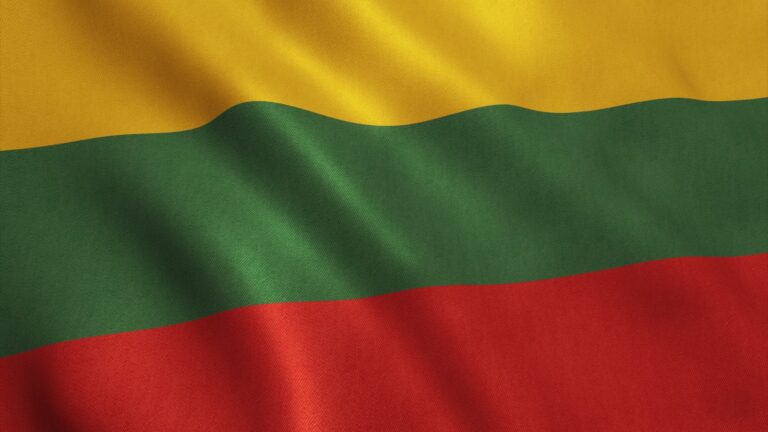
Lithuania is one of the fastest-growing economies in the European Union, holding a literacy rate of 99.83 per cent in 2021. This is a 0.01 increase since 2011, although, for the longest time, the country had an adult literacy rate of 99.43. Students from ages 6 to 16 have compulsory education. Pre-kindergarten is excluded from this. The government dedicates 13.29 per cent of its total expenditure to education, while 28.76 is spent on higher education. Hence, students are also able to access higher education for free. Lituania is prominent in the Union due to its high literacy rates.
Azerbaijan
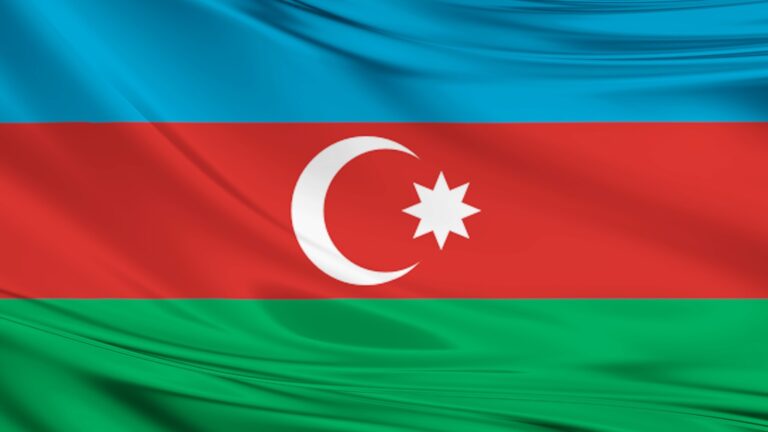
From 2013 to 2017, Azerbaijan’s total literacy rate was 99.79 per cent. In 2019 however, it increased by 0.001 per cent. Hence, today, the country holds a literacy rate of 99.8 per cent. It is compulsory for those aged 6 to 15 to have standardised education and to provide it completely free of charge. However, Azerbaijan’s public schools are primarily conducted in the Azerbaijani language. There are four years of education in primary education, afterwhile five years of middle school. Secondary education is only for two years. Conflicts in the area have, in the past, interrupted civilians from accessing education.
Kazakhstan
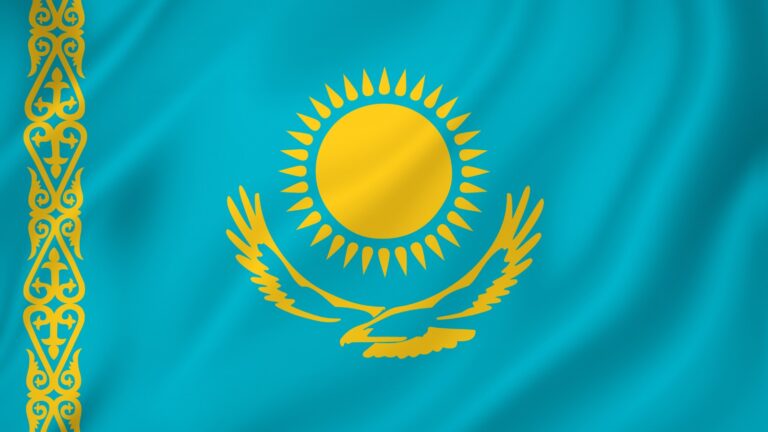
In a country with a 19 million population, the literacy rate in Kazakhstan in 2018 was reported to be 99.78 per cent. In 2020, this increased to 99.80. The lowest literary rate was in 1989, when it was 97.53 per cent. Its longest literacy rate average has been 99.36 per cent. The combined total of primary and secondary education in the country is 11 years, out of which nine of them are compulsory and offered free. The government dedicates 2.86 per cent to education annually. Despite the adult literacy rate only being 97.78, its youth literacy rate is 99.9 per cent.
Poland

According to UNESCO, the adult literacy date in Poland was 98.74 per cent. Males had a higher literacy rate of 99.28 while females had 98.25 per cent. Since the 1970s, Poland has had a high literacy rate, maintaining an average of 98.25 per cent. Free and compulsory education is provided from age seven to nine additional years. This only includes the last year of pre-school education and eight years of primary school. Poland also has a part-time compulsory education where students aged 15 to 18 can either occur in a school setting or non-school setting by, for instance, allowing students to go for vocational training offered by employers.
Tajikistan
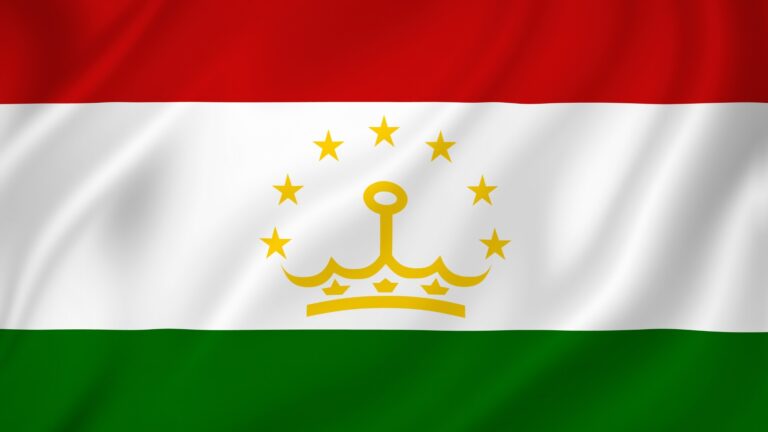
Tajikistan is a landlocked country surrounded by nations like Uzbekistan, Afghanistan, China and others. Approximately 99.77 per cent of Tajikistan’s adult population can read and write. This only includes 6,644,364 people out of a total of 9.75 million people. The female literacy rate is 99.89 while males account for 99.86 per cent. This uniquely places Tajikistan as a country with a higher female literacy rate. The overall youth literacy rate, however, is at 99.88 per cent, which only includes those aged 15 to 24. It provides free education until a child is 17 years old.
Ukraine

Although Ukraine is only the size of Texas, Ukraine has approximately 5.7 million students from its 43.79 million population. The adult literacy rate of Ukraine amount o 99.97 per cent. It offers free public education for 11 years, from 6 to age 15. Ukraine law makes a differentiation between full and partial literacy. The latter refers to those who can read but not write. It should be noted that there is potential for the literacy rate to decrease due to the Ukraine-Russian war, as most countries experienced declines in periods of conflict. Unfortunately, no recent statistics are available since the war commenced in the region.
Armenia
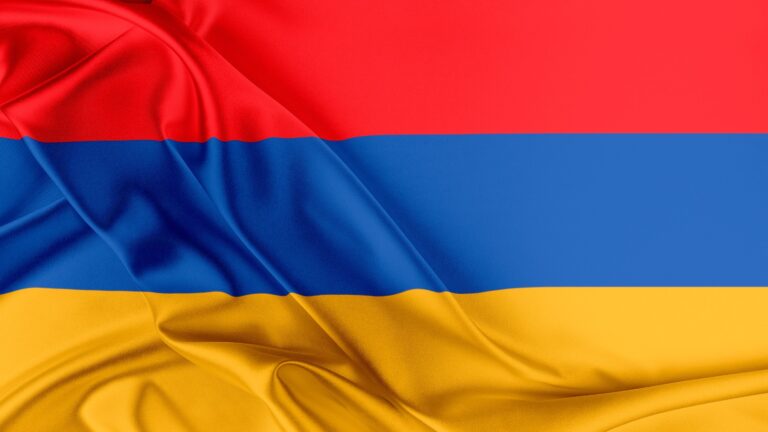
The adult literacy rate in Armenia is 99.79 per cent. This amounts to a 0.05 increase from 2017, when the literacy rate was 99.74 per cent. Of particular significance in Armenia’s growth in literacy rates is the increase it experienced from 1932 to 1940. By 1940 the country increased its literacy rate by 17 per cent to 85 per cent. This success is attributed to the Soviet campaign to eradicate illiteracy. Hence, throughout the years, Armenia has shown significant progress in its educational system.
Russia
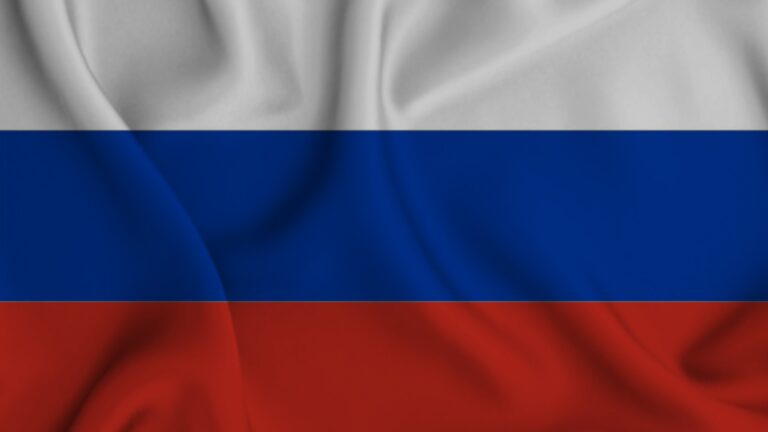
As of 2020, the adult literacy rate in Russia is 99.70 per cent, although statistics on different sites indicate that this has decreased by 0.01 per cent. Consequently, the present literacy rate may be approximately 99.69 per cent. Despite the uncertainty, Russia has a high literacy rate in the top 15 countries worldwide. As former members of the soviet union dominate this list, it is no surprise that Russia is included in it. All public schools offer primary and secondary education free of charge, while tertiary-level education is provided free with reservations. On a yearly basis, the government allocates around 3.6 per cent of its GDP to education.
Literacy May Not Always Indicate Standard Education
It should be noted that literacy, as mentioned at the beginning of this article, only refers to one’s ability to speak and write. Since no universal standard is available to measure writing or speaking proficiency, whether these statistics truly reflect a population that meets functional literacy is questioned. In fact, many case studies have recently emerged to contest the validity of literary rates.






